The Miniature Corgi is a shrunken version of the already short purebred Cardigan or Welsh Corgi. These mini Corgis also have long bodies and short legs just like their standard size counterparts but small overall bodies. The Miniature Corgi can also be described as “Toy” or “Teacup” Corgis.
This small-sized Mini Corgi should weigh between 8 and 17 pounds and stand at between 6 and 10 inches.
Both the Welsh and Cardigan Corgis are prized family dogs and are renowned for their affection and friendliness.
They are energetic and have a spirited personality.
However, there is much the mini Corgi, more than we can cover in this introduction. We are going to look at this appearance, personality, and even give you care tips in this guide.
If you are willing to take on the challenge, let us get right into it.
About the Miniature Corgi
Over recent years, we have been seeing miniature versions of popular breeds such as the German Shepherd, the Golden Retriever, Huskies, and more.
Learn more about;
- Mini Husky
- The Miniature German Shepherd
- Miniature Golden Retriever
All these miniaturized versions of popular purebred dogs are not a separate breed which is the same case as the Mini Welsh or Cardigan Corgi.
Toy Corgis maintain their puppy-like appearance even after they come of age and do not lose their puppy charms and looks.
However, in some cases, the shrinking down of this dog’s size has caused controversy as some dog lovers argue that it makes the pooch more unhealthy. In part, this is true but it will depend on the miniaturization used by the breeder.
You should get well informed on the method that your breeder used to develop the miniature Corgi you are about to take home.
Some of the methods used to create Mini or Teacup Corgi include;
- Repeated breeding of runts.
- Introduction of the dwarfism gene.
- Crossbreeding.
Each of these Toy Corgi breeding methods has its perks and drawbacks too. So, let us look at each of the breeding methods.
1. Crossbreeding with smaller dog breeds
This is arguably the best and easiest method of Corgi Miniaturization and involves mating a Pembroke or Cardigan Corgi with a smaller breed such as a Chihuahua or a Maltese.
But as much as this breeding method is great, the major drawback is that the traits and appearance of the offspring can be unpredictable.
Even for already born puppies, the only thing you can do at best is making an educated guess of how they are going to look like when they grow up.
The puppy can look more like one of the parent breeds than the other.
However, for a Corgi mix to qualify as a Mini Corgi he has to weigh less than 17 pounds and should look more like a Corgi than the other parent breed.
The Maltese Corgi mix
The mix between a Corgi and a Maltese is also popularly known as the Cortese.
You can learn more about the Maltese breed guide by visiting this link.
Mating both of these breeds can result in Mini Corgi if he more like a Corgi than a Maltese (about 75% Corgi).
This Corgi mix can stand between 8 and 11 inches and should weigh between 5 and 15 pounds.
The Mini Corgi mix is an intelligent, playful and affectionate dog that can come in several color variations that include;
- White
- Black
- Brown
- Red
- Tan
- Blue
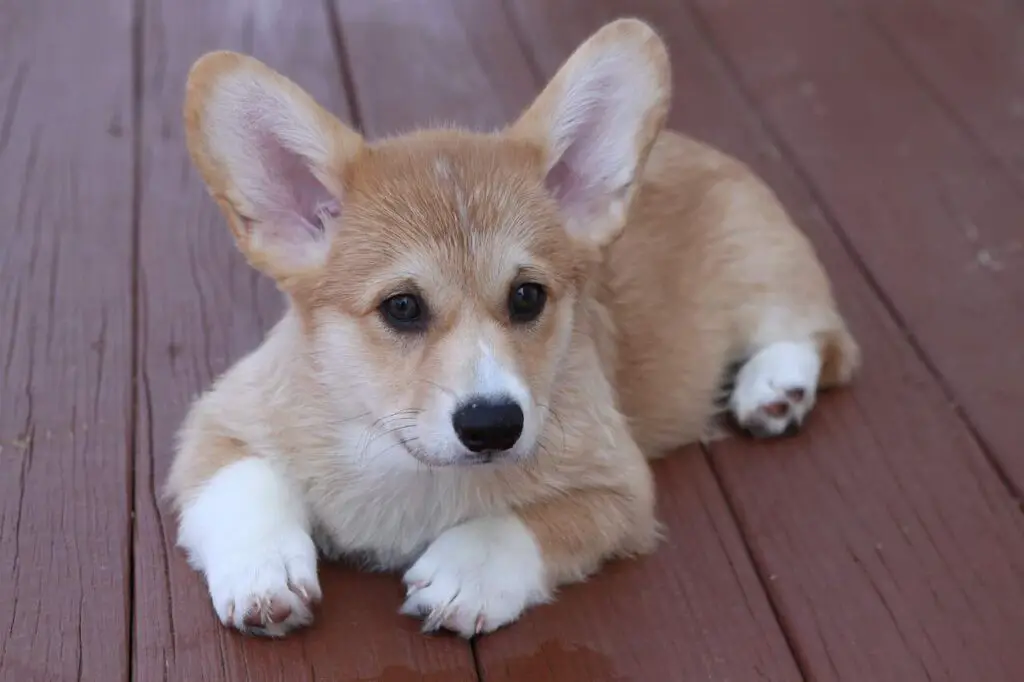
Chihuahua Corgi Mix
The Chihuahua is the smallest dog breed on the planet.
It would, therefore, make sense to mate a Chihuahua with a Corgi to create a Miniature Corgi.
This mix is also commonly known as the Chigi.
But as with other Toy Corgi created through crossbreeding, the offspring has to be predominantly Corgi.
He should also weigh between 7 and 13 pounds with a height of fewer than 10 inches.
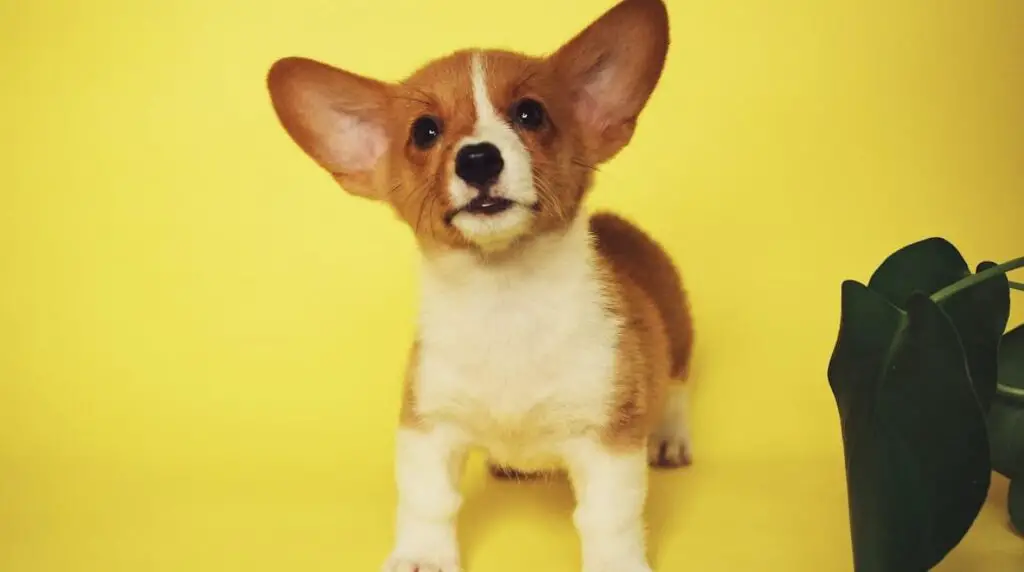
2. Repeated breeding of runts
Runts are the smallest dogs in a litter.
These runts can be unhealthier than the rest of the pups mostly because they are not able to compete for the mother’s milk as well. In some cases, the runt puppies are also rejected by the mother which gives them an obvious disadvantage.
But with proper care from the breeder and the owners, these puppies grow to be as healthy as the other dogs and live normal lives.
In minimal cases, these runt puppies also grow to reach the standard size.
With that said, the repeated breeding of Corgi runts is highly discouraged.
Some of these runts can have underlying health problems that can be passed from one generation of the dog to another.
But in some cases, good and reputable breeders have been able to get away with breeding healthy runts to make the Corgis smaller over time.
3. Introduction of the dwarfism gene
Dwarfism is a genetic mutation the generally makes dogs have shorter legs.
This mutation can occur completely naturally in a Corgi but in some cases, it can be intentionally introduced in the canine to make him smaller.
The introduction of the dwarfism gene to result in a Mini Corgi is done by mating a dwarf gene carrier with a standard Corgi.
This can health implications on the offspring such as;
- Slow growth
- Bowed legs
- Back disorder also known as IVDD
It, therefore, goes without saying that this should not be done.
7 Mini Corgi Fun Facts
- Corgis are ranked as the 11th smartest dog breed and are able to learn new commands with an 85% success rate after 10 repetitions.
- The Toy Corgi is the smallest herding breed.
- This dog is synonymous with the Royalty and has been a part of the British Royal family for over 70 years.
- There are two types of Corgis, the Cardigan and the Pembroke Welsh Corgi.
- Miniature Corgis may be small but they are also very athletic.
- These dogs can be prone to obesity if they are not well-exercised.
- There is a Corgi even that started back in 2012 known as the Corgi beach day.
Pros and cons of the Toy Corgi
Pros
✓ Super smart.
✔ Child-friendly and family-oriented.
✓ Protective and loyal.
✔ Active and engaging.
Cons
✗ Can be stubborn during training.
✘ Can be shy or over-friendly.
✗ Sheds a lot.
✘ Not suitable for allergy sufferers.
General Characteristics of the Miniature Corgi
| Mini Corgi summary table | |
|---|---|
| Height | 6-10 inches |
| Weight | 8 – 17 pounds |
| Lifespan | 12 t0 14 years |
| Breed Type | Mixes and more |
| Purpose | Herding and companionship |
| Suitable For | Active families |
| Grooming requirements | High |
| Color Variations | Black, brown, white, orange, brindle, Red, Tan, Blue |
| Health concerns | Intervertebral Disc Disease (IVDD), Progressive Retinal, Degenerative Myelopathy |
| Temperament | Sociable, Easygoing, Playful, Happy, Eager To Please, Loyal, Active, Intelligent, Curious and spirited |
Height and weight
The Miniature Corgi is a Toy-sized dog with a height of between 6 and 10 inches and weighs between 8 and 17 inches.
Similar sized dog: The Pocket or Teacup Beagle.
Appearance
With no breed standards for this pocket-sized Corgi, the appearance can vary, especially if the dog has been developed through crossbreeding.
However, you can expect this dog to have a fluffy tail, erect eyes, and dark brown soulful eyes.
This Miniature Corgi should also have a double coat with a soft undercoat and a shiny topcoat. The fluffy and dense coat provides this pooch with protection during winter and summer and is fluffiest around the neck to the chest.
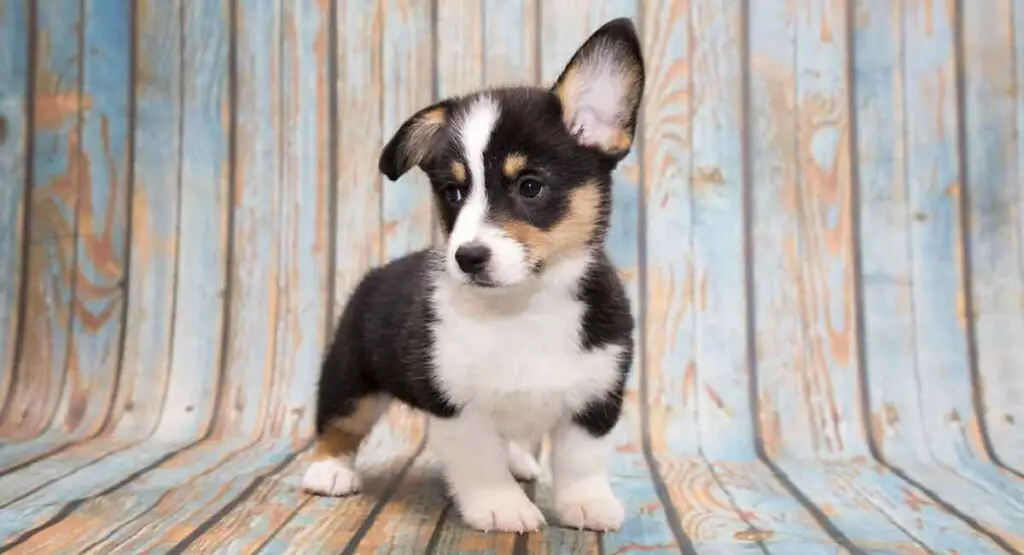
Colors:
| Orange | Brown | White |
| Tan | Red | Black |
| Brindle | Sable brown | Blue |
Does the Toy Corgi shed?
This toy-sized Corgi sheds constantly throughout the year and blows out his coat twice every year in Fall and Spring.
Mini Corgi Temperament and personality traits
The Miniature Corgi may have a small body but he has a big personality.
One of the most incredible traits of this dog is his ability to listen up the moods with his happy, engaging, and entertaining attitude.
He is also one of the smartest dogs which make teaching him new tricks and command easier.
It also goes without saying that miniature Corgis are great dogs for apartment dwellers.
However, with this small body also come small but big messes. If this dog gets bored he can also get destructive as he attempts to entertain himself. He can tear up and chew on your shoes, books, or furniture.
You should, therefore, make sure that you provide him with enough mental and physical stimulation.
Toy Corgis are also very vocal dogs that will let you known when they get bored or when they need something done.
To learn more about why Corgis bark and if they bark a lot visit our Corgi barking guide.
Is the Pocket-sized Corgi a good family dog?
Yes.
The Mini Corgi will make an excellent family addition for you and a great playmate for your children.
How much is a Miniature Corgi?
A mini Corgi will cost you an average of $700 but the cost can vary between $500 and $1500 depending on pedigree, location, and the breeding method.
This teacup dog also has a litter size of about 3 puppies on average that take around 12 months to reach full maturity.
How to care for a Teacup Corgi
As an owner of the Miniature Corgi, one of the most important things to do is make sure that your dog does not get injured.
This is a small dog that means that he can also be fragile and is prone to injury. It is essential that he does not jump from high places and that no one engages him in rough play.
Care will also involve grooming, exercise, feeding, and training this dog.
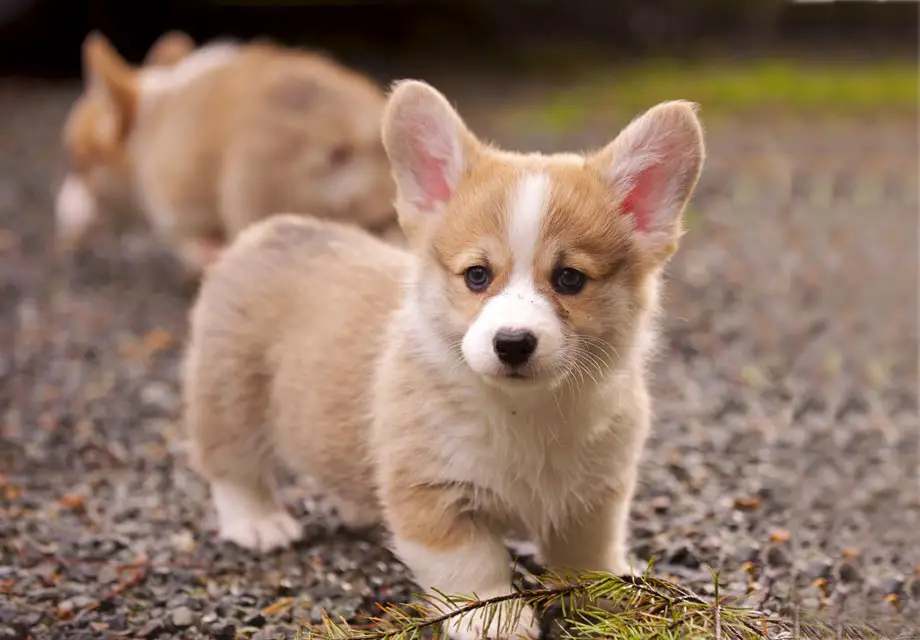
Grooming needs
This dog sheds throughout the year and will, therefore, need constant brushing to minimize shedding.
You should also invest in a quality vacuum cleaner to get rid of excess hair from your furniture and house in general.
Visit our Corgi grooming where we go into detail on how you can groom your Mini Corgi step by step.
Exercise requirements
This is a small herding dog that will need about 45 minutes of daily exercise.
Exercising your Mini Corgi can involve taking him for a walk, involving him in daily play and mental stimulation games such as puzzles.
However, when walking this dog you should remember to put him on a leash and a harness. Do not use a dog collar.
| Daily Exercise Requirements | |
|---|---|
| Minutes | 45 minutes |
| Number of walks | 2 (20 minutes each) |
How to feed a miniature Corgi
One of the most important things when feeding a Corgi is making sure that he does not get more than he needs. He should not be fed outside his meal times.
It is also possible to underfeed him due to his small size.
You should consider the dog’s weight when you are preparing a feeding schedule.
A general rule of thumb is to give him 30 calories for every pound that he weighs. This can be raw or dry food but dry food is recommended.
Miniature Corgis are also known to be picky eaters and you will, therefore, need to do some trials before finding the best diet for this dog.
| Teacup Corgi Daily Food Consumption | |
|---|---|
| Guide | 500 calories |
| Cups of Kibble | ~1 |
Training requirements for a Teacup Corgi
This is an intelligent dog that makes him very trainable. However, this intelligence can also make him a very independent thinker that makes training him a challenge.
This means that you have to keep him interested in what you are teaching him through positive reinforcement and praise.
You will also need to keep the training sessions short because of his short attention span.
Patience and consistency will also come in very handy.
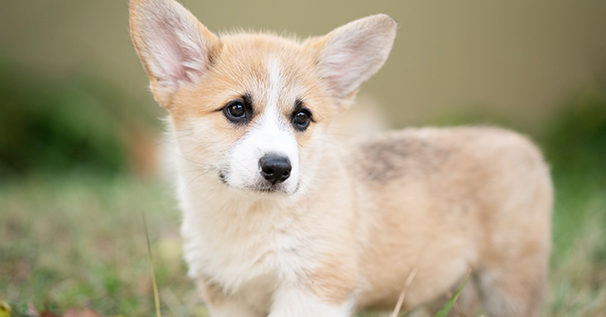
Known health concerns
Generally, the mini Corgi is a fairly healthy dog but like with any other dog he can also be susceptible to health issues such as;
- IVDD
- Degenerative myelopathy
- Progressive retinal atrophy
How long does the Miniature Corgi live?
The Miniature Corgi has a lifespan of between 12 and 14 years.
Breed summary
The Mini Corgi is also known as the Toy Corgi or the Teacup Corgi.
This is a wonderful dog that makes a great family addition and is always looking for adventure and entertainment.
He can also be moody depending on how you treat him or when he does not get his way. This is something that you need to keep in mind but he is a generally happy dog.
If you have any questions or feedback about this beautiful dog, you can let us know in the comment section below.
There you go, WOOF!

